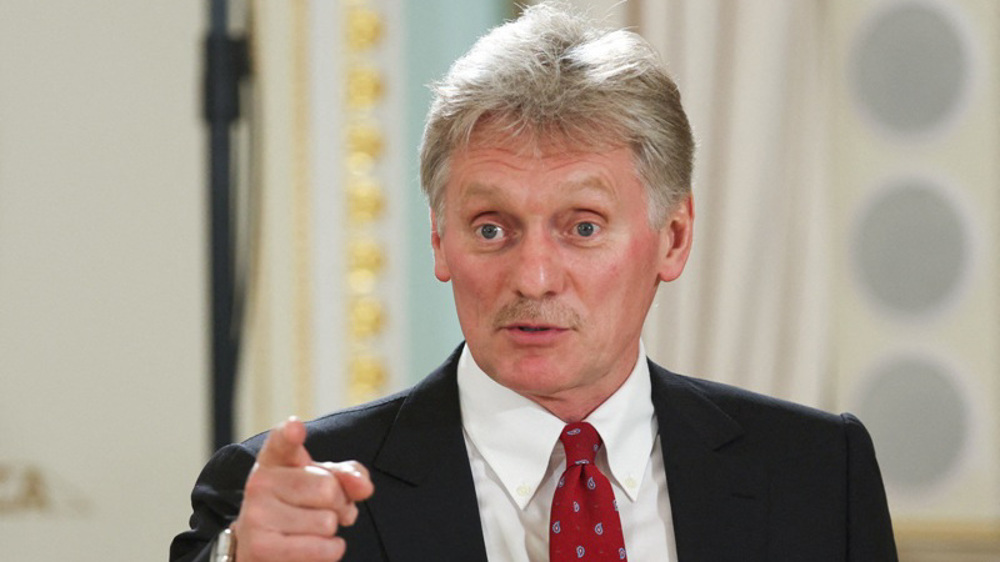Playing catch-up to Russia: US completes design of hypersonic weapon months after Russia tested one
In a rush to match Russia’s advancements in developing modern weapons, the United States military has finalized a key design of its first hypersonic weapon, months after Russian military forces successfully test-launched their own design upon a direct order by President Vladimir Putin.
The US Defense Advanced Research Projects Agency (DARPA) completed the baseline design review for the Tactical Boost Glide hypersonic weapons program in coordination with Raytheon – a major Pentagon contractor.
The boost glide design will use a rocket to carry its payload at achieve hypersonic speeds, which means it should have the technology to reach velocities greater than Mach 5 – five time the speed of sound.
The payload then separates from the rocket during flight and glides to its destination without requiring any propellers.
"We understand the urgency of the need and are working fast to deliver this advanced technology to our nation's military," said Thomas Bussing, the vice president of Raytheon Advanced Missile Systems. "The goal is to keep America ahead of emerging threats, and we are well on our way."
The US military plans to use hypersonic weapons to engage the enemy positions from longer ranges with shorter response times.
The DARPA awarded a $63 million contract to Raytheon earlier this month, requiring the company to develop the Tactical Boost Glide program, a joint effort between the agency and the US Air Force.
The US Navy also sped up its hypersonic weapons programs in after Russia successfully test-fired the Avangard hypersonic weapon system in December 2018.
Overseeing the test, Putin hailed the test as decisively successful. The Russian head of state said the new weapon, which he said was impossible to intercept, provides reliable guarantee of Russia’s security for decades to come.
Putin was also cited in press reports as saying that Russia was forced to develop the Avangard after Washington withdrew from the Anti-Ballistic Missile Treaty in 2002.
Russia is planning to modernize its strategic and conventional weapons in reaction to US President Donald Trump’s threats to withdraw from the Soviet-era Intermediate-range Nuclear Forces (INF) treaty, which bans the two sides from developing land-based missile systems ranging from 500 to 5,500 kilometers.
Voters begin casting ballots in weeks-long election in India
Venezuela slams US over reimposition of 'criminal' oil sanctions
April 18: ‘Axis of Resistance’ operations against Israeli occupation
Blinken ignoring staff recommendation to cut US aid to Israel: Report
Report: Israeli warplanes bomb positions in southwestern Syria, Iraq
US forces smuggle stolen Syrian oil into bases in Iraq: Report
VIDEO | Press TV's news headline
Situation normal after air defenses fire at 'suspicious objects' in Iran











 This makes it easy to access the Press TV website
This makes it easy to access the Press TV website